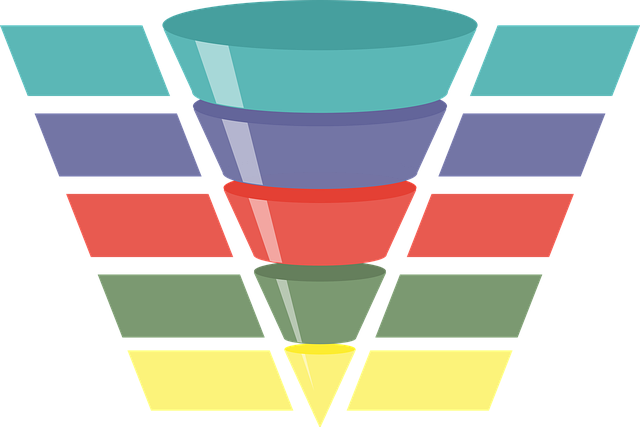Whether to create a sales funnel for your business website hinges on two important questions: “Do you want your business to make money?” and “Do you want your business to make more money?”
If you answer yes to either of those questions, you need a sales funnel.
What is a sales funnel?
A sales funnel is taking those who are aware of your products and services and nurturing them through a process that eventually leads to them becoming customers. Marketers break the sales funnel into four primary stages: Awareness, Interest, Decision, Action.
Awareness. When a potential customer discovers that you may have the solution to his or her problem, he or she enters the awareness stage. It’s during the awareness stage a customer visits your website for the first time. Getting your solution in front of the right people is the most critical step in getting people in your sales funnel.
Interest. If you want individuals to progress past the awareness stage, you need to provide value. During the interest phase, a prospect is actively searching for a solution to a problem. And because your website provides value or helps solve a problem, this visitor becomes interested in your products and services.
Decision. During this stage of the funnel, the interested prospect needs to decide whether your products and services provide the best solution to the problem. In other words, he or she either buys your product or goes elsewhere.
Action. The decision is made and the prospect takes action. He or she clicks the purchase button and money appears in your account.
Content for Each Stage of the Funnel
By proactively creating a sales funnel, you are able to target customers based on what stage they find themselves in the funnel. Each stage of the funnel requires a different type of content.
Blogging. For most sites, a blog provides the primary means for attracting individuals to your site. It’s through a blog that your target audience becomes aware of your solutions and becomes interested in your products or services. For blogging to be successful, your posts must provide value for your target audience.
Lead Magnets. Those who have found the information on your site valuable may want to learn more. So give them more. Instead of a blog post, however, offer them an eBook, a how-to guide, a free video series, or anything that someone interested in your solutions might want, in exchange for their contact information–normally an email address. Those who opt in to your lead magnet have qualified themselves as those most likely to become customers. And since you have their email address, you can target them with specific content.
Email Marketing. Your email list contains individuals who have requested more information from you. So give it to them. The primary focus of email marketing is to continue to provide value. This value can and should include offers for your products and services. Most emails contain a call-to-action that helps the prospect progress along each stage in the sales funnel.
Webinars. Those who have shown interest in your product, have requested more information, and are really interested in your products and services will benefit from a webinar. The purpose of a webinar is to provide value and generate interest in your products. A good webinar generates interest followed by a call-to-action.
Creating a Sales Funnel
The consultants at Empowered Pulse understand and create marketing strategies that brings measurable results at all stages of the sales funnel. Find out how they can help you.

